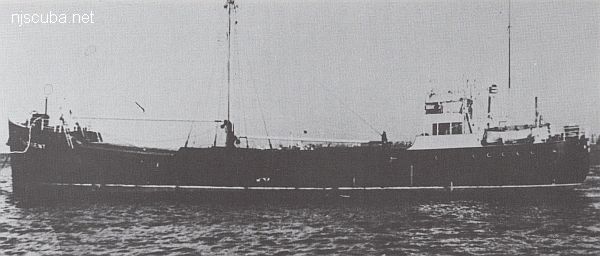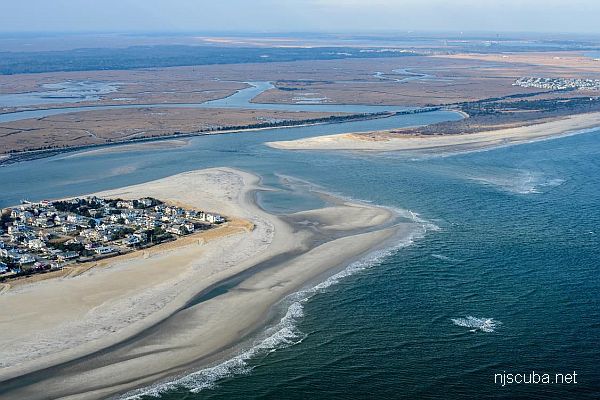New Jersey Dive Sites (8/31)
More: New Jersey Dive Sites ...
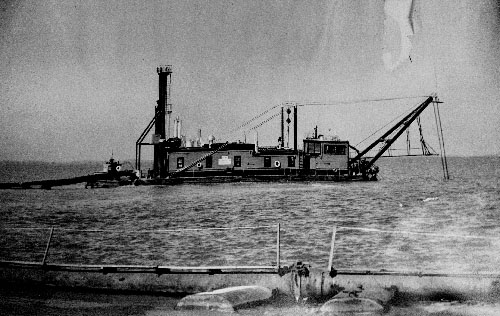
- Type:
- shipwreck, dredge
- Sunk:
- Saturday January 8, 1927
The Clermont was at one time the world's largest dredge. She was sunk in a storm while under tow on January 8, 1927. Today she sits upright on a sandy bottom, partially intact, rising 15' off the bottom. Some of the dredge pipes are visible in the sand off the starboard side of the wreck. Divers have recovered several interesting objects from the wreck such as deck prisms and bricks from the boiler stamped "Weideimer".
More: Clermont ...
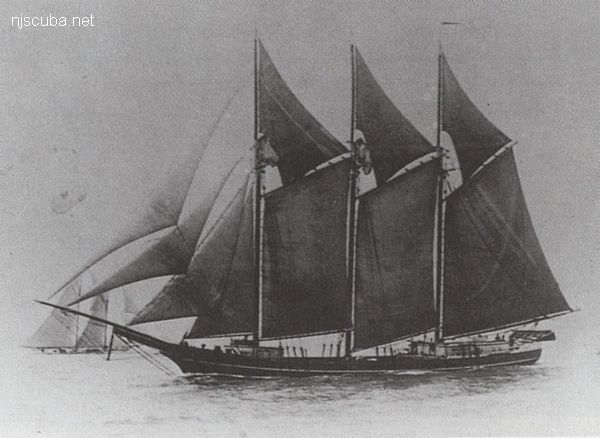
- Type:
- shipwreck, schooner, USA
- Specs:
- 306 tons, 6 crew
- Sunk:
- Saturday April 26, 1902
ran aground in bad weather - no casualties - GPS:
- 40°25.992' -73°10.620' (AWOIS 2013)
- Depth:
- 25 ft
More: Cornelia Soule ...
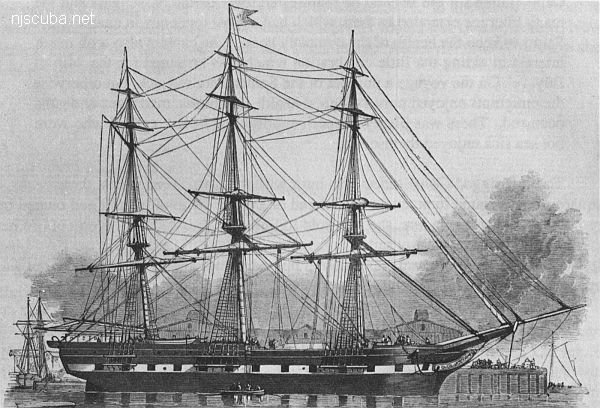
- Type:
- shipwreck, sailing ship, USA
- Specs:
- ( 180 x 38 ft ) 1100 tons
- Sunk:
- Monday, January 13, 1853
grounded in storm - no casualties
More: Cornelius Grinnell ...
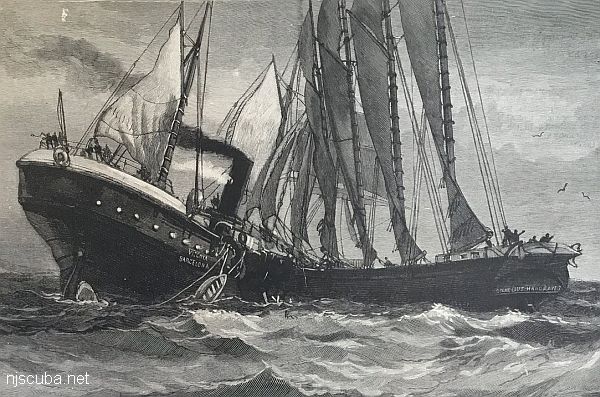
- Type:
- shipwreck, schooner, USA
- Built:
- 1889, H.M. Bean, Camden ME, USA
- Specs:
- ( 211 x 45 ft ) 1332 gross tons, 10 crew
- Sunk:
- Saturday October 30, 1890
collision with steamer Vizcaya - no casualties - Depth:
- 80 ft
More: Cornelius Hargraves ...
- Type:
- shipwreck, barge
- Sunk:
- March 2004
foundered under tow - Depth:
- 60 ft
This medium-sized crane barge sank under tow in March 2004. The barge is upside-down, but propped up at a 30-degree angle by the crane, rising 30 feet off the bottom at the highest point. The crane is a large rotating affair that is permanently mounted on the barge. It is not the crumpled arm of the crane that supports the hull, but the central cab, so the wreck is stable, and it is safe to explore the cavernous dark space below. The bottom is coarse sand and pea gravel. Eventually, the wreck will crush flat, but that will probably take several years, and until then this is a fun and interesting site. Big eels, Sea Bass, and even one or two lobsters can be found here.
More: crane barge ...
- Type:
- shipwreck, freighter, England
- Name:
- Daghestan is a region in southern Russia, adjoining Chechnya and the Caspian Sea.
- Built:
- 1900, England
- Specs:
- ( 353 x 45 ft ) 3466 gross tons, 28 crew
- Sunk:
- Friday December 18, 1908
collision with freighter Catalone - no casualties - Depth:
- 70 ft
This wreck was named "Evergreen" for the large amount of green brass artifacts once recovered from it. The Daghestan was thoroughly demolished since it lay directly in the shipping lane and was a great danger to navigation.
More: Daghestan ...
23.6 Nautical Miles off Ocean City
Depth: 90-125 ft [download]
More: Deepwater Artificial Reef ...

